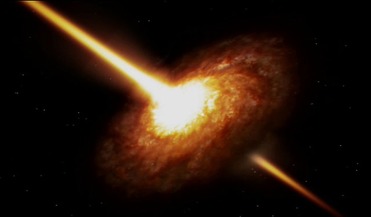 22 May 2017
Researchers create largest-ever 3D map of the Universe
22 May 2017
Researchers create largest-ever 3D map of the Universe
... can be measured and used as a ‘standard ruler’ for length scale in cosmology. For this, quasars powered by supermassive black holes at the centres of galaxies were used as they appear as a very bright point source in the distant past. Quasars...
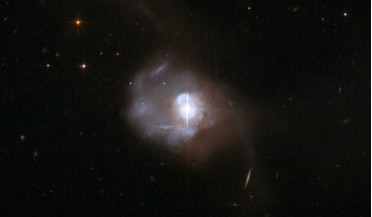 19 February 2020
Molecular oxygen detected for the first time in another galaxy
19 February 2020
Molecular oxygen detected for the first time in another galaxy
...Quasars are a type of extremely luminous AGN. They derive their energy from material spiralling in towards an enormous black hole at the center of a galaxy forming a disk called an accretion disk. As the gas and dust spirals closer in, it accelerates...
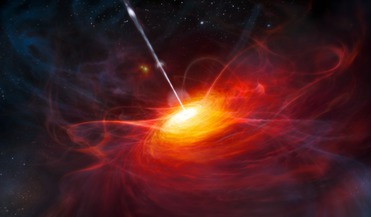 12 September 2016
New study doubles the number of known quasars
12 September 2016
New study doubles the number of known quasars
... of these objects was debated for some time, it is now excepted that a quasar is the region around a supermassive black hole that emits up to a thousand times the energy output of the Milky Way through the accretion of matter. The...
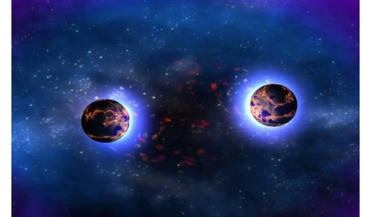 05 October 2016
Neutron star natal kicks could be the catalyst for binary formation and new gravitational wave sources
05 October 2016
Neutron star natal kicks could be the catalyst for binary formation and new gravitational wave sources
... into a close orbit, eventually forming an X-ray binary. Nonetheless, in other cases, the kick could also produce black hole - neutron star (BH-NS) binaries with very short merger times. This could possibly give rise to a new type...
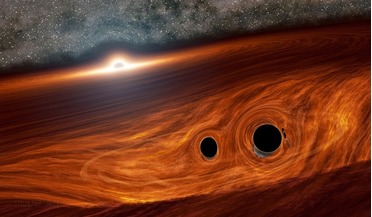 29 June 2020
Black hole collision may have exploded with light
29 June 2020
Black hole collision may have exploded with light
... waves - ripples in space and time that can be detected with extremely sensitive instruments on Earth. Since black holes and black hole mergers are completely dark, these events are invisible to telescopes and other light-detecting instruments used...
 17 December 2021
New study shows that 99.9% of the mass at the centre of our galaxy is due to black hole
17 December 2021
New study shows that 99.9% of the mass at the centre of our galaxy is due to black hole
...the galaxy is due to the black hole, and only 0.1 percent could include stars, smaller black holes, interstellar dust and gas, or... Sagittarius A* or Sgr A* for short, was indeed a black hole, it was only after years of painstaking observations of the ...